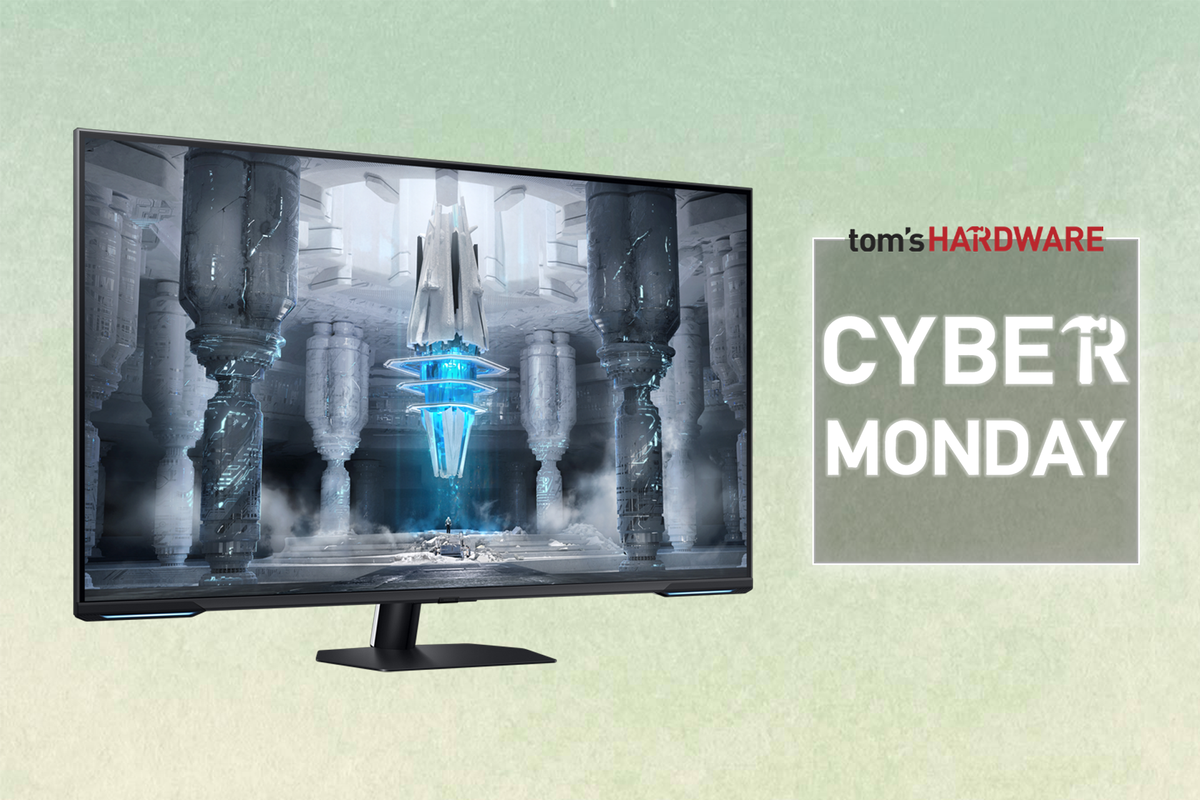The Office of the U.S. Trade Representative (USTR) announced that it will suspend the planned 25% Section 301 tariffs against China, which include parts containing chips and semiconductors, like GPUs, motherboards, and solar panels, for another three months. The import tax on these components was supposed to go live on June 1, 2025, after the Biden administration extended the exemption for a year. However, the USTR has released a statement [PDF] extending the deadline to August 31, 2025. The development means another three-month delay on a price rise that has been lurking behind GPUs and motherboards for years.
“On December 29, 2023, USTR invited the public to submit comments on whether to extend 352 previously reinstated exclusions and 77 COVID-related exclusions,” the USTR said in its statement. It later added, “Based on continued consideration of the comments received in response to the December 29 notice and the comments received in the 4-year review, the U.S. Trade Representative has determined that a 3-month extension of the 164 exclusions extended in May 2024 and the 14 exclusions granted in September 2024 is appropriate.”
The first Trump administration invoked Section 301 of the Trade Act of 1974 against China due to alleged intellectual property theft, technology transfers, and trade imbalances. However, it paused its implementation in 2019 because of the good progress in the trade negotiations between the two countries. The Biden White House then kept on extending these tariff exemptions, especially as the Federal Government deemed many of these items to be essential to American businesses.
However, things changed when President Trump began his second term, and he started talking about putting tariffs on just about every import heading into the United States. Things came to a head in early April, when Trump put a base 10% tax on all imports, plus an additional amount based on the “trade imbalance” between the U.S. and the exporting country.
Trump initially exempted computer chips from these tariffs (which was a bit vague), but he eventually announced specific import taxes for semiconductors. Some of these tariffs were eventually paused or reduced due to pending trade negotiations. Furthermore, the U.S. Court of International Trade has ruled that Trump’s tariffs were against the law, but they remain in effect while the White House is appealing the court’s decision. This case will not affect the Section 301 tariffs, though, as they weren’t implemented under the International Emergency Economic Powers Act of 1977, which Trump used to justify his latest set of tariffs.
It has been more than six years since Section 301 was implemented, and many chip manufacturers and PC makers are fleeing China for Vietnam and other neighboring countries. Still, the 90-day respite is a welcome development, especially as chip supply chains are complicated, and it will take time to move them. We also don’t know if Trump will extend the deadline after this, especially as many financial analysts and investors have started calling out Trump for his frequent reductions and delays on his announced tariffs, resulting in uncertainty.
Follow Tom's Hardware on Google News to get our up-to-date news, analysis, and reviews in your feeds. Make sure to click the Follow button.

 5 months ago
75
5 months ago
75








 English (US) ·
English (US) ·